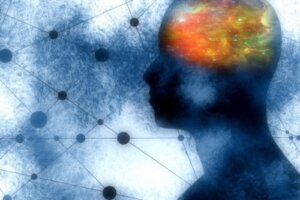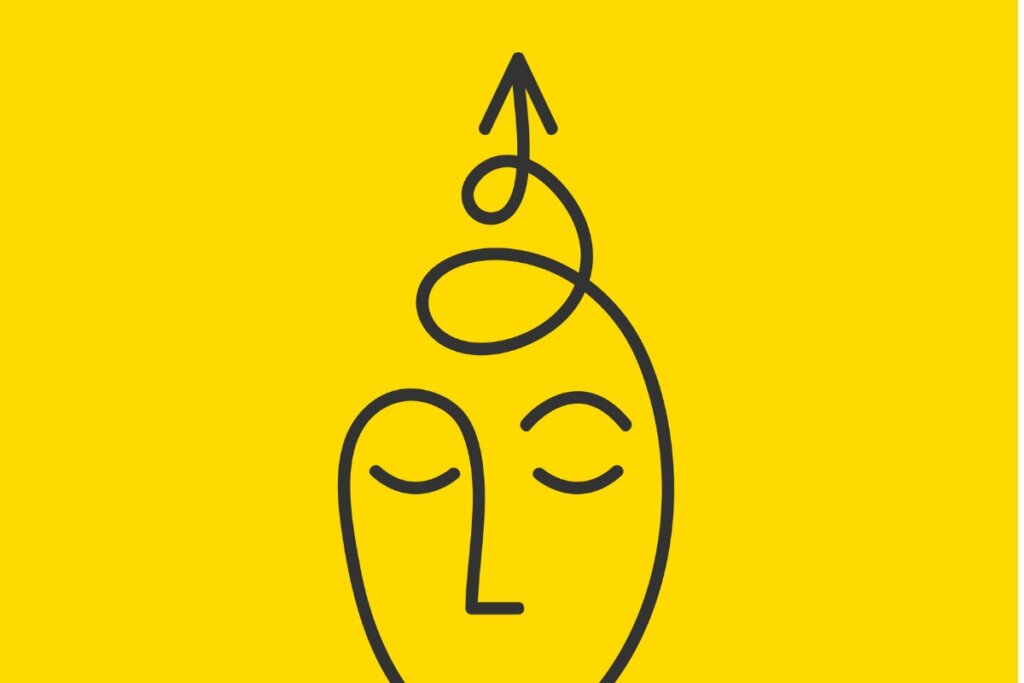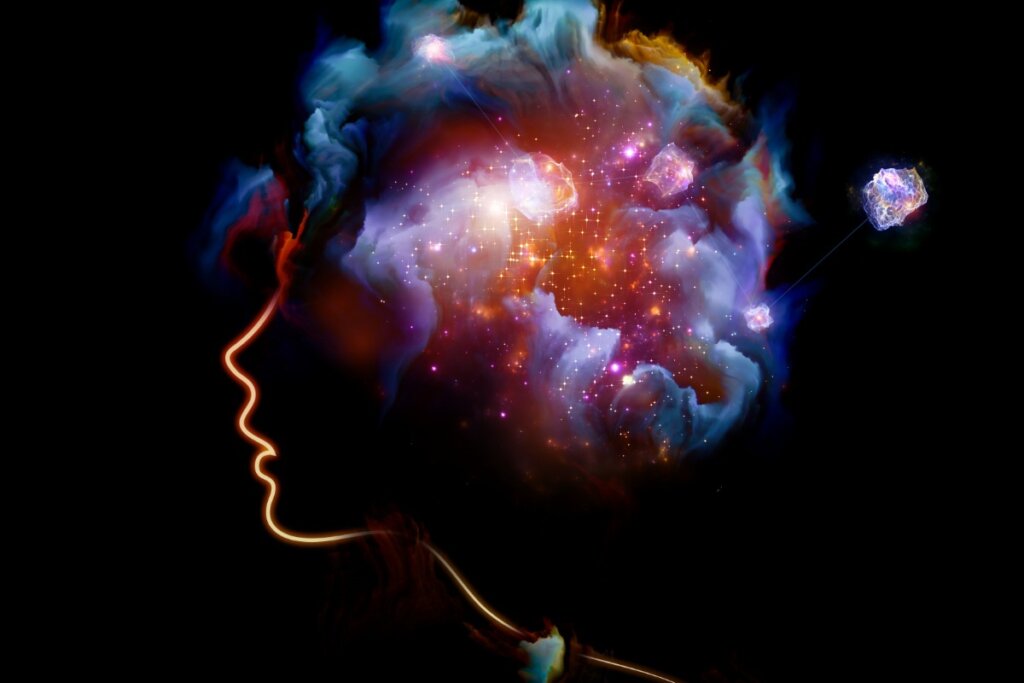The Link Between Messy Minds and Creativity


Written and verified by the psychologist Cristian Muñoz Escobar
Messy minds and creativity are concepts that, apparently, aren’t related to each other. That’s because disorder (synonymous with disharmony) is contrary to creativity (which allows a person to flow like a fish in water). However, to organize messy minds, we need the free association of ideas at certain moments. In this case, creativity combines disorganized elements into a coherent and harmonious whole.
Messy and disorganized people tend to justify their behavior by reassuring us that they know exactly where everything they need is. In fact, they believe that they think better without the rigid ties that the organization of thoughts requires.
Thanks to our senses, every second, our brains receive an excessive amount of information. Moreover, the digital and globalized era we live in emphasizes this process. Evolution (phylogeny) endowed our brains with many specialized functions. For example, ordering knowledge in succession so that it has meaning and sense.
So, if the brains of messy people have this specialized function, why do we classify them as disorganized? What does order mean to them?

Creativity
Creativity is a deep kind of knowledge. It starts with a problem that needs solving. In most cases, the individual applies new methods or techniques according to the needs of the problem to give a concrete, unconventional resolution.
However, a creative person responds to the situation from a different perspective. For instance, they might make speeches or carry out unexpected actions that don’t comply with the dominant methodologies. Eventually, they propose new, unexpected, and authentic realities.
They achieve this thanks to the flexibility of their creative mind. It’s capable of synthesizing information to create unconventional relationships. This organizational work allows the logical succession of ideas and facts.
Mental disorder and harmony
The amazing thing about the relationship between messy minds and creativity is that it brings mental contradictions together and harmonizes them. For example, a creative individual tends to keep their workplace in disarray. This is a situation that’d be chaotic for those who require a certain order to be productive.
That said, a messy person isn’t necessarily creative. For instance, having a messy room, throwing papers on the floor in the office, or accumulating dishes in the sink, doesn’t make us more creative. It just means we’re messy. Furthermore, mental disorganization is an obstacle to memory. This is especially the case when we’re trying to recover our memories, whether they be ideas or sensitive impressions.
Flexibility, creativity, and mental order
Flexibility is the quality that allows the creative individual to reason fluently, simply, and practically, to resolve conflicts. We could say that creativity looks for different alternatives in the correction or solution of errors.
The problem with rigidity is that we may sacrifice spontaneity or improvisation to find direct solutions to dilemmas. Moreover, it turns perception into a perfectionist grid that measures and controls everything. But, if we can’t measure or anticipate certain contingencies, or if the issues get out of control, chaos and uncertainty are inevitable in the face of our own problems and the errors of others.
Free association: coherent organization of thoughts
Free association was a method used by Sigmund Freud. It analyzes those who freely express their ideas, occurrences, emotions, feelings, ideas, and remembrances, regardless of whether the material is inappropriate, shameful, or impudent.
Essentially, free association means that there’s no censorship or prejudicial interpretive filter in the patient’s discourse.
Free association can occur in any sphere of life, not only in psychoanalytic therapy. For instance, art is an excellent example, especially poetry and literature.
The poet lets their ideas flow, often regardless of their order. They write whatever initially comes to their mind. Then, they verbalize it on paper without paying any attention to their spelling or grammar. Once they’ve written down their ideas, they organize them according to the science of linguistics, without forgetting poetic license.

The associative power of creative imagination
The disorder of our thoughts (verbal representations) represents an obstacle when it comes to remembering details. On the other hand, it’s of great benefit to creativity. Indeed, although it may sound strange, the creative individual, supported by their incredible imagination, is capable of finding the correct order of ideas in their disordered verbal representations, according to their needs or the contingency to which they’re exposed.
Some creative people know how to order their disorganized ideas. Each one of them is, in effect, in a different universe. These people have an infinite number of original methods for organizing the disordered elements of their thoughts into coherent and logical units.
Finally, we can conclude that imagination brings order to disorganized thoughts. It favors the positive relationship between disordered minds and creativity, according to the following points:
- The creative individual has difficulty remembering details.
- Things that appear ‘unimportant’ can become links to expressing creative and original ideas.
- Creative thinking recovers and associatively combines verbal representations to generate logical knowledge.
All cited sources were thoroughly reviewed by our team to ensure their quality, reliability, currency, and validity. The bibliography of this article was considered reliable and of academic or scientific accuracy.
- Laplanche, J. & Pontalis, J. (1996). Diccionario de psicoanálisis. Paidós Ibérica. https://teoriaspsicologicas2.files.wordpress.com/2013/02/diccionario-laplanche-pontalis.pdf
- Maddio, L. & Greco, C. (2010). Flexibilidad Cognitiva para Resolver Problemas entre Pares ¿Difiere esta Capacidad en Escolares de Contextos Urbanos y Urbanomarginales? Revista Interamericana de Psicología/Interamerican Journal of Psychology, 44(1), 98-109. https://www.redalyc.org/articulo.oa?id=28420640011
- Marina, J. (1994). Teoría de la inteligencia creadora. Anagrama. https://www.anagrama-ed.es/libro/argumentos/teoria-de-la-inteligencia-creadora/9788433913753/A_145
- White, R. (2011). Creatividad y Actitud Creativa. Revista del Centro de Investigación. Universidad La Salle, 9(35), 11-15. https://www.redalyc.org/articulo.oa?id=34219305003
This text is provided for informational purposes only and does not replace consultation with a professional. If in doubt, consult your specialist.








